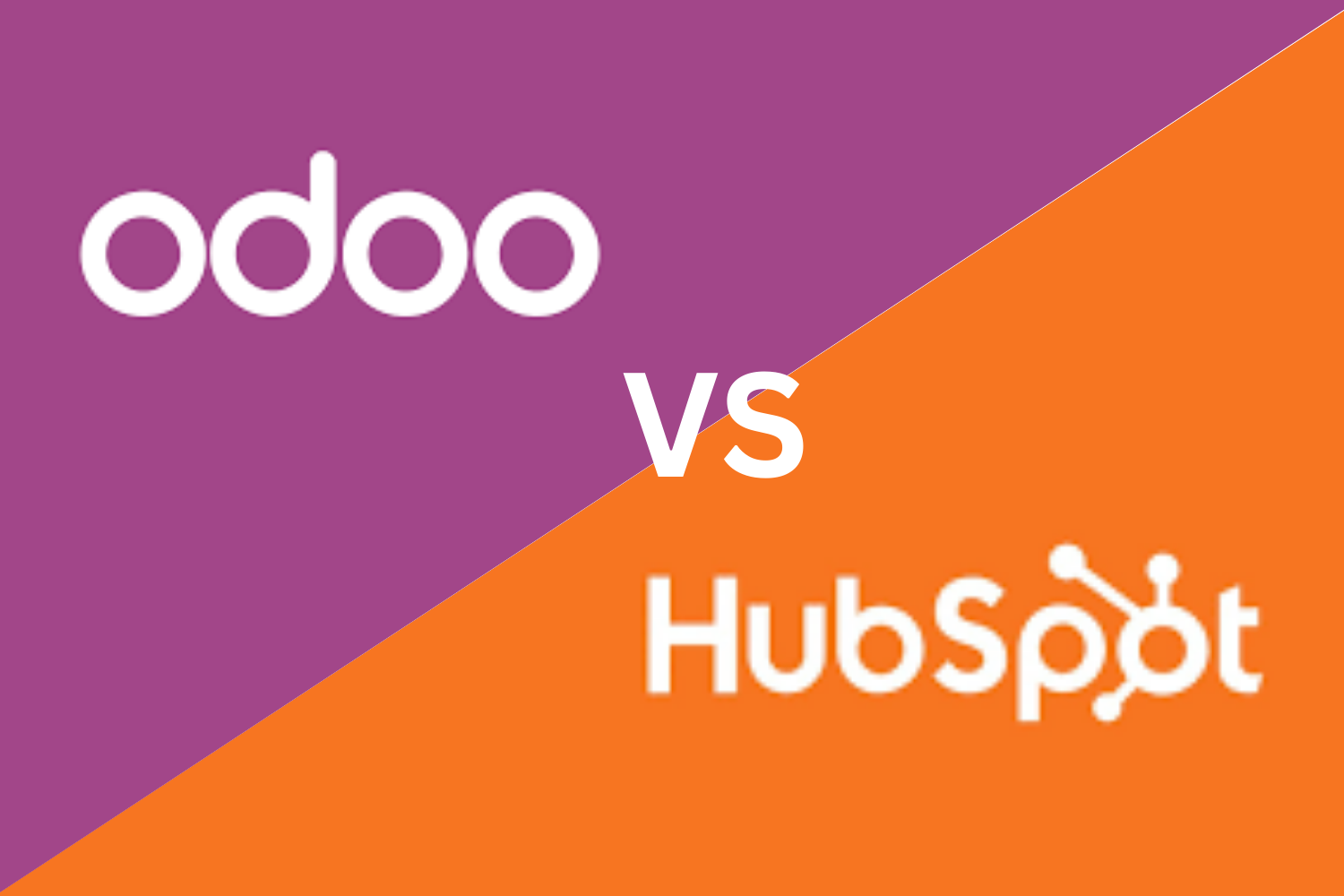Average order value (AOV) is the average amount a customer spends each time they make a purchase, by hand or through your POS system. It’s a simple number that shows how much customers typically buy per transaction.
To calculate your AOV, divide your total revenue by the total number of transactions.
For example: If your business earned $31,000 from 1,000 sales in one month, your AOV is:
$31,000 ÷ 1,000 = $31
Tracking AOV helps you understand buying behavior at the checkout counter. It shows what customers are spending and gives you insights to adjust pricing, bundling, or promotions. Most businesses track AOV monthly to spot trends and see how changes affect purchasing habits.
AOV is a practical way to grow revenue without depending on more foot traffic. Instead of focusing on getting more customers in-store, it helps you get more value from the ones already buying.
Why average order value matters
Knowing your average order value helps you see how much customers spend during each visit. This helps you measure how well your pricing strategy, promotions, and inventory mix are working.
A higher AOV means more revenue per sale, without needing more transactions. Many retailers focus on bringing in more traffic, but increasing AOV is often faster, cheaper, and more effective. Each sale comes with fixed costs like receipt paper, packaging, staff time, and card processing. Increasing AOV helps cover these costs while improving your bottom line.
Tracking AOV also helps you set targets, test ideas, and find areas for improvement.
How to calculate average order value
To find your average order value, use this formula:
AOV = Total Revenue ÷ Total Number of Transactions
Example: If your store made $10,000 from 400 transactions in a month:
$10,000 ÷ 400 = $25
This means, on average, each customer spent $25 per sale.
You can track AOV daily, weekly, monthly, or quarterly—whatever helps you make better inventory and pricing decisions. Most businesses use the monthly average to measure progress and compare performance over time.
7 simple ways to increase average order value
There are several ways to encourage customers to spend more without adding pressure. These strategies help increase AOV by getting customers to add more to their cart or upgrade their selection.
1. Cross-selling
Suggest related products at checkout.
Example: “Would you like batteries for the torch you just added?”
2. Upselling
Offer a higher-value version of the item they’re buying.
Example: “Upgrade to the 3-pack and save per unit.”
3. Free shipping or delivery thresholds
Set a minimum purchase for free delivery (for stores that offer delivery).
Example: “Spend $50 or more to qualify for free delivery.”
4. Volume discounts
Offer lower prices when customers buy in bulk.
Example: “Buy 5 packs of detergent and save 15%.”
5. Coupons based on spend
Give future discounts for hitting a spend target.
Example: “Spend $60 today and get $10 off your next visit.”
6. Donation incentives
Support local causes based on cart value.
Example: “We’ll donate $1 for every order above $40.”
7. Easy returns
Clear return policies increase trust and reduce buying hesitation.
Example: “If you’re not satisfied, bring it back within 7 days.”
These methods work even better when you segment customers based on past behavior, such as frequent shoppers or large spenders, and offer deals that fit their habits.
Use A/B testing to improve average order value
Every store operates differently. A/B testing helps you find out which changes increase AOV in your environment.
With A/B testing, you compare two setups: one is your current system, and the other includes a small change. Then you compare the results.
For example, try two versions of a promotion:
- “Customers who bought this also bought…”
- “Top picks just for you”
See which one drives larger transactions.
You can also test different product placements, price bundles, or checkout messages on your POS screen. Run each test long enough to get solid results. And remember to monitor your conversion rate—customers should be spending more, but still completing purchases.
Keep these metrics in check while improving AOV
While raising AOV is good, make sure it doesn’t lower your store’s overall performance. Watch these key metrics:
Conversion rate
The percentage of customers who complete a sale after browsing.
If your AOV increases but fewer customers buy, your total revenue could drop.
Revenue per visitor (RPV)
This shows how much revenue each customer brings in, combining both AOV and conversion rate.
It gives a better picture of how changes to pricing, upselling, or discounts are really working.
Always test changes before rolling them out widely. The goal is to grow AOV without losing transactions.
Conclusion
Raising your average order value is one of the simplest ways to grow your retail or POS-driven business. Instead of relying on more traffic, you increase revenue from the customers already buying from you.
Small changes—like grouped products, well-placed offers, or clearer return terms—can lead to bigger sales. And when they’re helpful, they benefit both your store and your customers.
Keep testing, keep tracking, and focus on offering more value with every sale.





